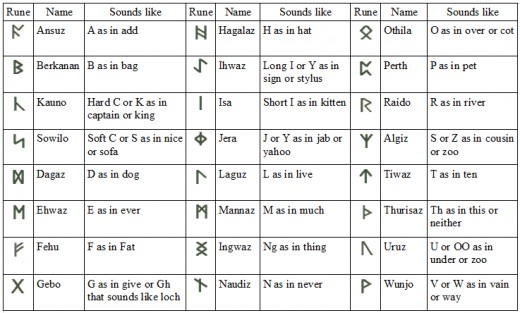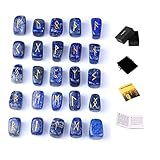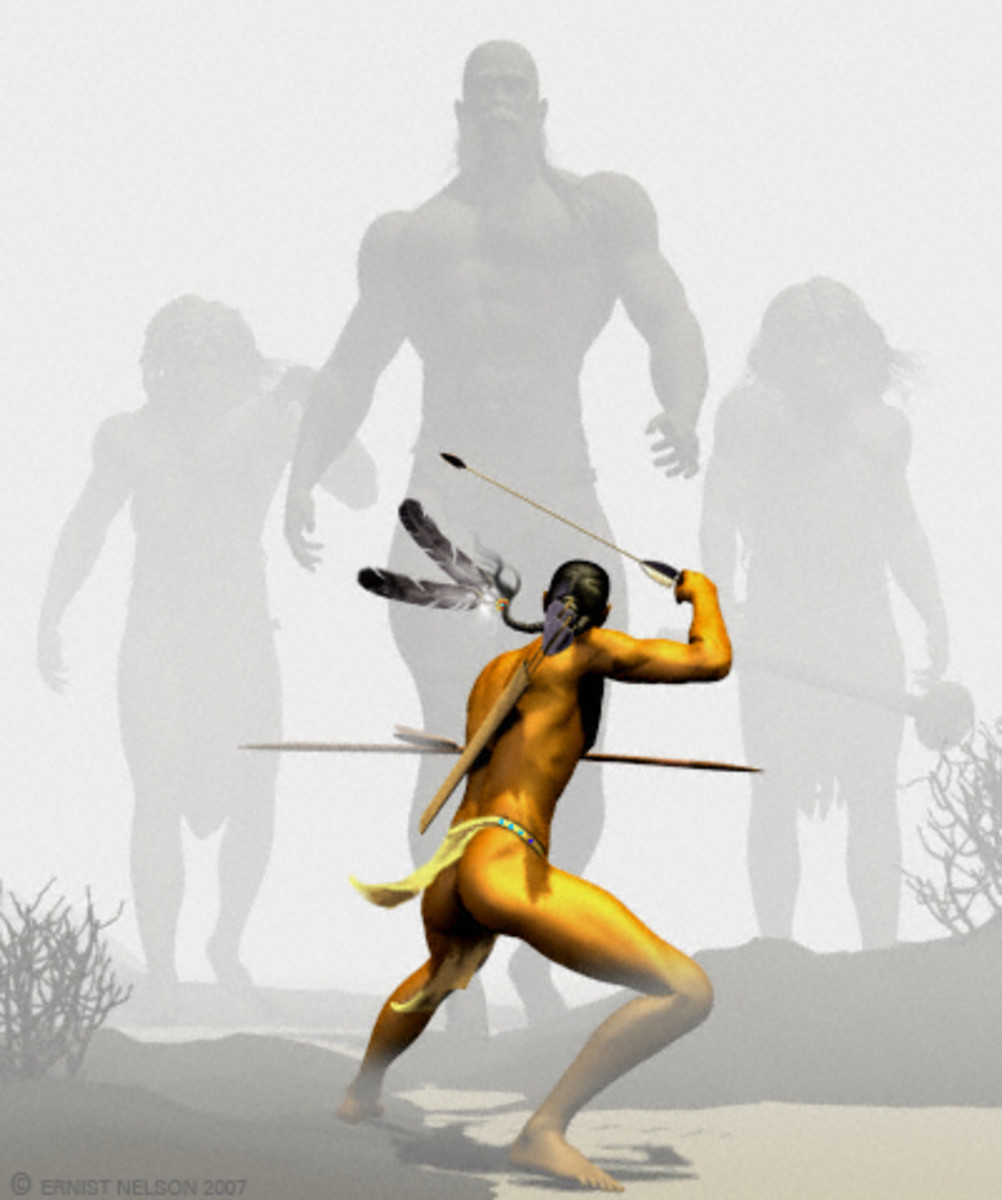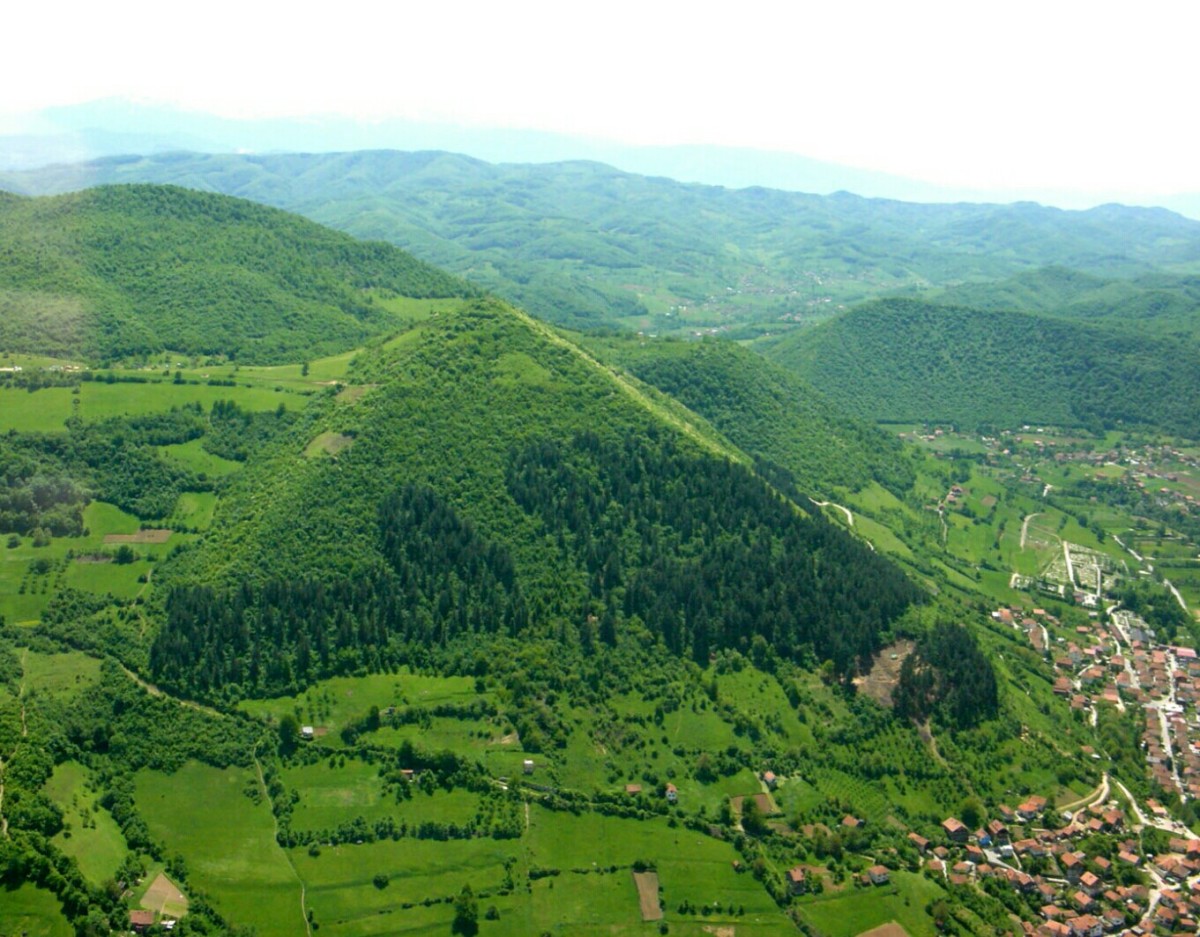Transcribing Ancient Runes
Ancient runes

Runes are a writing system of uncertain origin. According to Encyclopædia Britannica Online, Germanic people of Britain, northern Europe, Iceland and Scandinavia used runes from around the 3rd century until the 17th century. The earliest forms read from right to left and the angular letters are indicative of ancient writing methods. Instead of letters, runes are phonetic or use sounds to represent words. They primarily vary by region: Britain, northern Europe, Scandinavia and Iceland.
Futhark
Runes used in northern Europe before around the year 800 are known as Early, Common, Germanic or Teutonic. This early alphabet has 24 letters. According to Encyclopædia Britannica Online, “the sounds of the first six letters were f, u, th, a, r, and k, respectively, giving the alphabet its name: Futhark.”
Runic script uses the phonetic sound of the word for writing it. For example, finger is phonetically “f-i-ng-e-r” and uses the letters known as Fehu (f as in fat), Isa (short i as in sit), Ingwaz (ng), Ehwaz (e as in end), Raido (r) in Anglo-Saxon Futhark. Fehu looks like a capital F with the horizontal lines slanting upward. Isa appears as a straight, vertical line. Ingwaz looks like two small, stacked X’s. Ehwaz is an elongated M and Raido is a sharply-angled capital R.
There are at least two forms of runic script used in northern Europe: Elder Futhark and Long Branch Younger Futhark. The Vikings used Long Branch Younger Futhark.
Britain Adds
The Anglo-Saxon or Anglian Futhark appeared in Britain from around the 5th century and remained until around the 12th century.
Germanic people of Britain altered the Futhark to add sounds that appeared in Old English. Anglo-Saxon Futhark initially had 28 letters. It increased to 33 around the year 900. According to Encyclopædia Britannica, the Anglo-Saxon Futhark also has slight differences in letter shape.
Scandinavia and Iceland
Between the 8th and 13th centuries, Scandinavia and Iceland saw the use of Nordic Futhark. According to Encyclopædia Britannica, people making charms and memorial inscriptions used runes until around the 16th or 17th century.
According to Encyclopædia Britannica, although the Scandinavian languages used richer in sounds than Old English, the Nordic script reduced the alphabet to 16 letters. Instead of adding, Nordic script compounded the letters. In other words, the same letter stands for more than one sound. For example, there’s one letter for g and k and one for a, æ, and o.
Variants of the Nordic script included the Hälsinge, Manx and the Stungnar Runir or dotted runes.
- Norwegian runes and runic inscriptions
- Hurstwic: Norse Literature
- Arild Hauge\'s Runes and Vikingpage
The index of Arild Hauge's runic- og Vikingpages. - Anglo-Saxon Runes: Futhorc of the Anglo-Saxons
Anglo-Saxon Futhorc was the runic alphabet used for both Old English and Old Frisian. It had 26 runic signs. Anglo-Saxon runes are found on many ancient objects - Rune Converter: English Letters to Germanic Runes Converter
The Rune Converter transforms English letters into five systems of runic writing: Elder Futhark, Anglo-Saxon Futhorc, Long Branch and Short Twig Younger Futhark - Writing with Runes
- runic alphabet (writing system) -- Britannica Online Encyclopedia
Britannica online encyclopedia article on runic alphabet (writing system), writing system of uncertain origin used by Germanic peoples of northern Europe, Britain, Scandinavia, and Iceland from about the 3rd century to the 16th or 17th century ad. Ru




